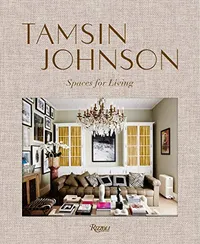Decorating mistakes that make small rooms look darker – and 5 rules to ensure your home remains light, bright, and spacious
We spoke to a few of our favorite interior designers to find out their solutions for increasing light in a small room – and the mistakes to avoid

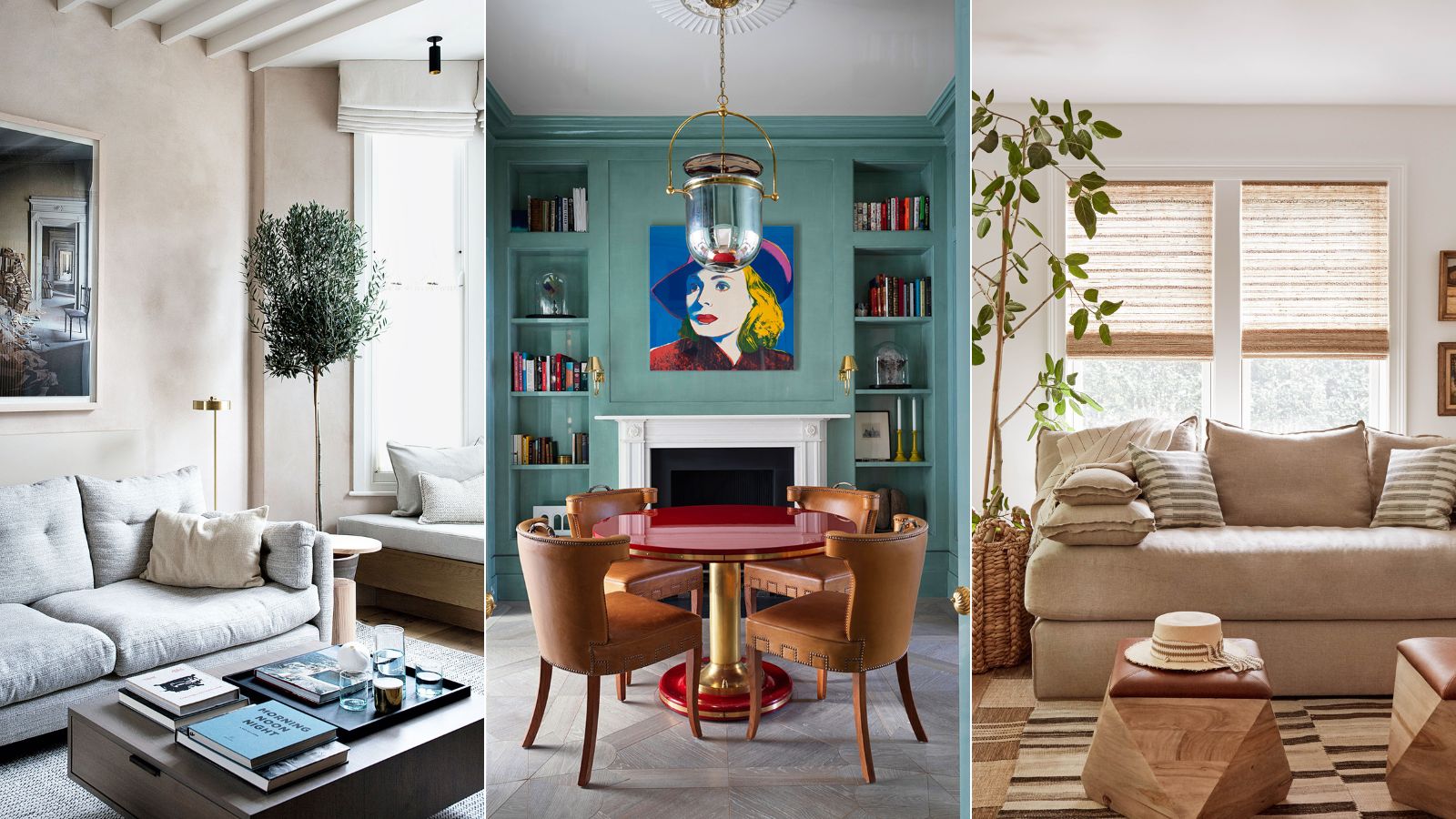
Increasing the sense of light in rooms that are small in size and stature is no easy feat, but it is not impossible
Though small rooms can present many interior design challenges, there are several benefits to residing in a home that has a limited footprint, and you'll be surprised by how many decorating opportunities a small home can unlock. But, before you begin a complete home renovation or even a minimal update, there are a few fundamental home decor mistakes that can, in fact, make a small home feel dark, dingy, and dull,
While there's certainly no one size fits all formula for brightening up a bijou space, there are still a few basic interior design rules we should master if we want to make a small room look light and bright.
Decor mistakes that make small rooms look darker
If your small room feels dark or uninviting, then you could be making a few fundamental decor mistakes. Believe it or not, small rooms are full of unlimited design potential and are often some of the most interesting spaces in our homes, when designed right.
'Small areas are fun to style because they allow you to create an extra space,' says designer and hotelier Kit Kemp. 'It’s those little in-between spots that can – if you’re clever – work harder and become places you want to stay in.'
So whether you're working with a dark living room, kitchen, or dark bedroom, you can make the space work best for you by avoiding these common decor mistakes.
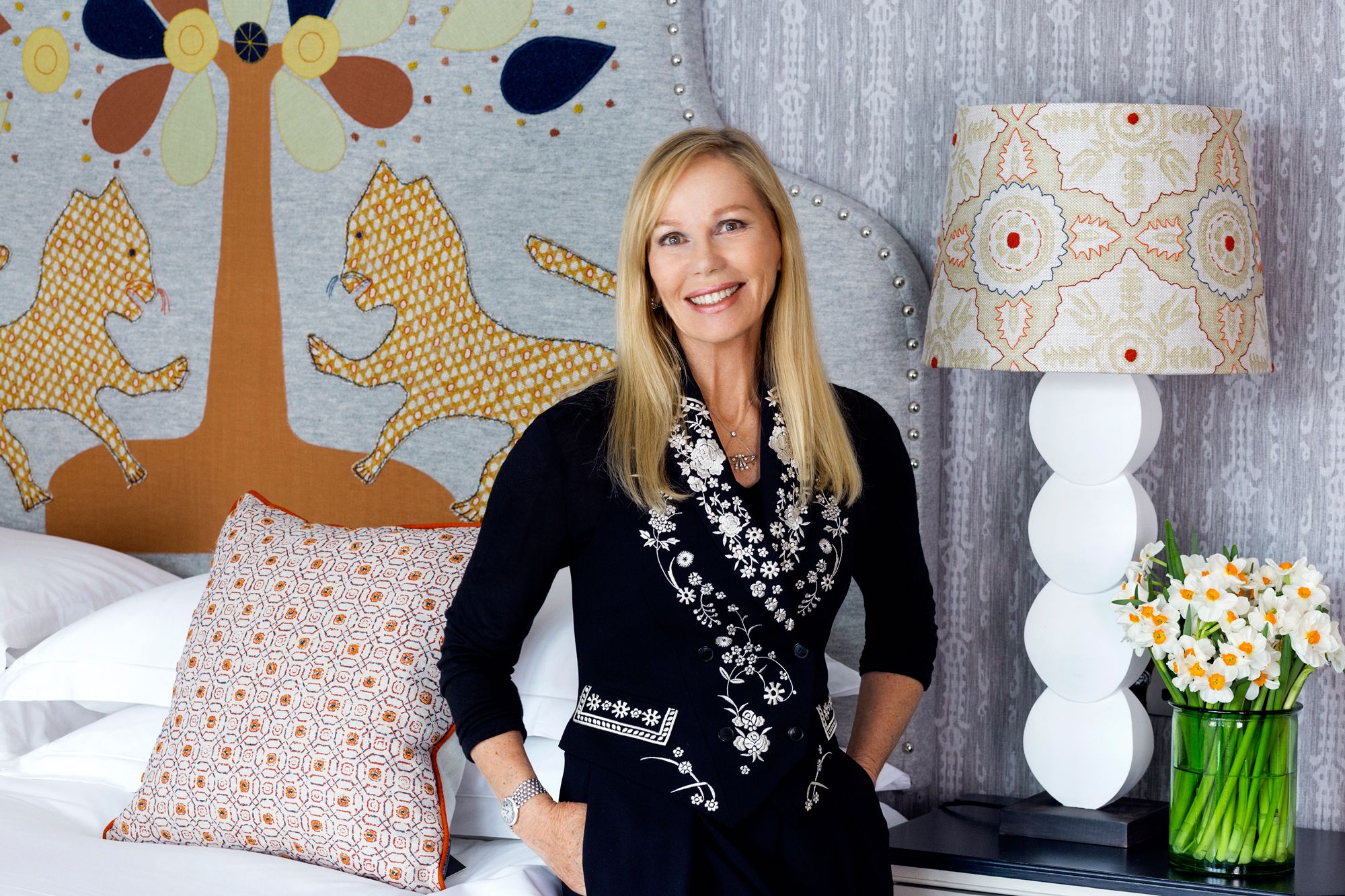
Kit Kemp MBE is the Founder and Creative Director of Firmdale Hotels and the Kit Kemp Design Studio but also as a successful textiles, fragrance and homewares designer, author and a highly-respected champion of British art, craft and sculpture.
1. Investing in bulky furniture

When it comes to conjuring the most storage space in a small living room, be careful about furniture choices. If there’s one thing that’s going to create the illusion of more space in a smaller room, it’s investing in the right furniture – it can actually make a room feel wider in seconds.
Design expertise in your inbox – from inspiring decorating ideas and beautiful celebrity homes to practical gardening advice and shopping round-ups.
Having too many pieces that have solid bodies will clearly provide space to store things but the risk that runs is that the visual look of the room will be compromised and rendered smaller. Be sure to have a balance of pieces that have legs or are lifted off the floor alongside any more boxy structures.
Interior designer Lucy Cunningham adds: ‘To maximize storage in smaller rooms, consider incorporating joinery such as built-in units with shelving and cupboards.’
Here, interior designer Sophie Ashby has used a clever combination of bespoke joinery with unfussy furniture that allows light to infiltrate every nook and cranny.
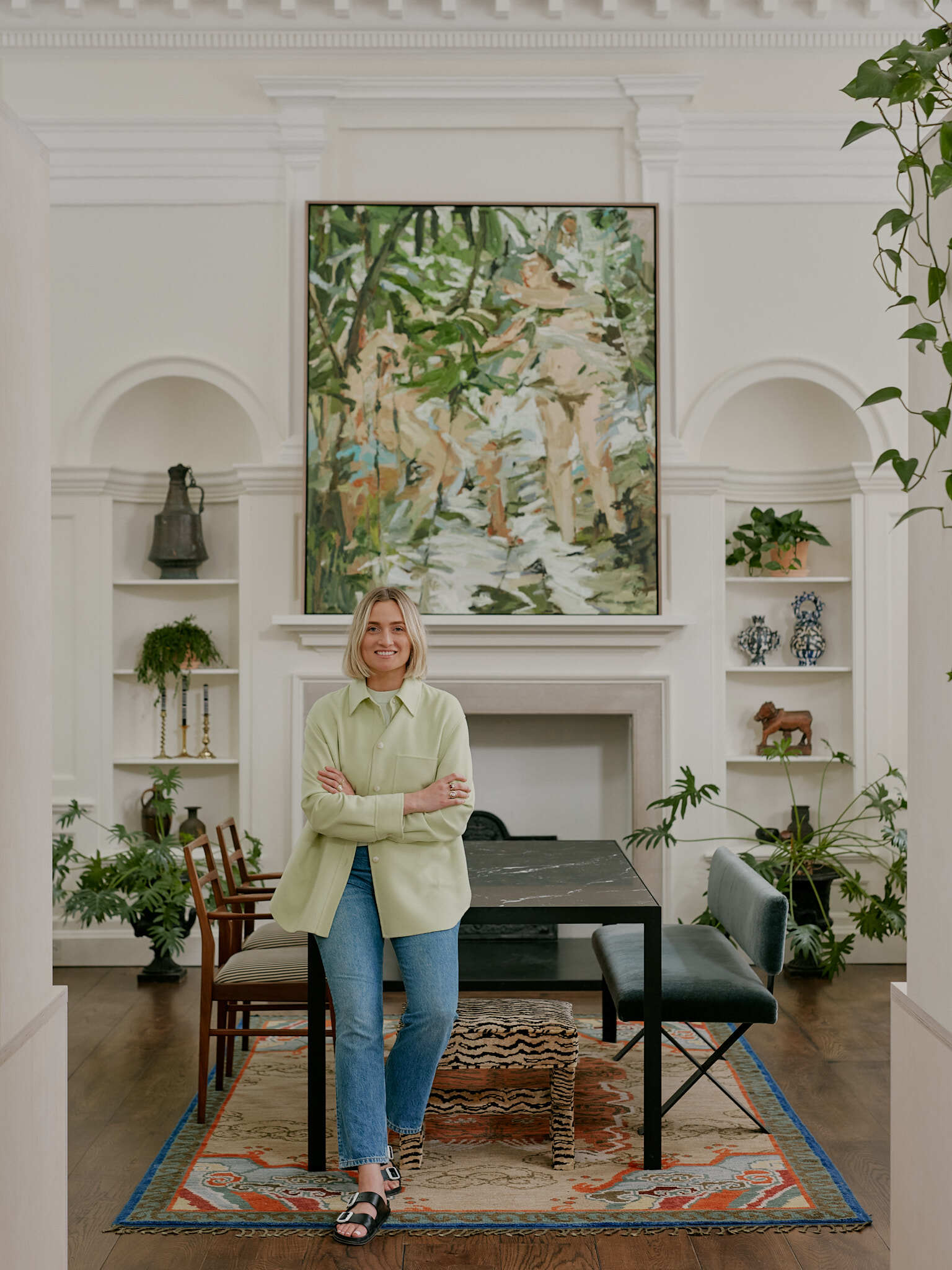
Sophie Ashby is the founder and creative director of Studio Ashby. Having studied interior design at the famous Parsons, The New School in Manhattan, Sophie honed her skills over the years with strong mentorship.
Ashby's aim is to bring authenticity and thought to each project, not only in the selection of furniture, lighting, and art but in its use of a natural palette of materials and textures.
2. Choosing the wrong color scheme
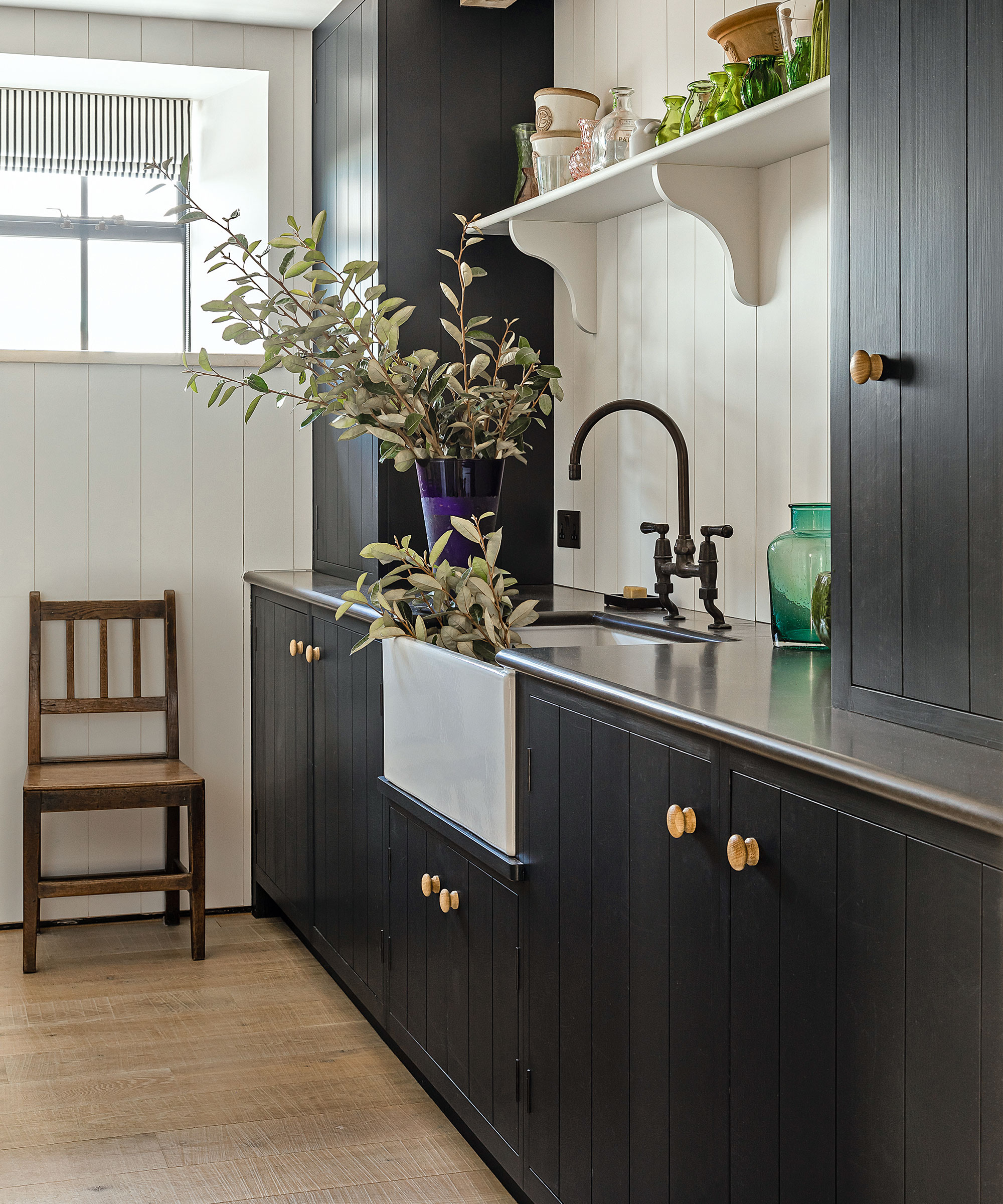
Decorators and designers will often say they don’t follow rules when it comes to decorating but something that is helpful to bear in mind is that certain spaces can benefit from good color choices, especially if you want to brighten a small room.
A key factor to consider is light, and the best way to address this is by considering the aspect of the room. ‘As a general rule, to lighten up a north-facing room, avoid anything with a green or grey base or don’t fight it and paint it dark which creates a cozy and cocooning feel,’ says Patrick O’Donnell, brand ambassador for Farrow & Ball.
Meanwhile, using soft, pale tones is a great way to maximize the feeling of light and space in a south-facing room. Light in west-facing spaces is cooler in the morning and brighter in the afternoon so warm tones will work well, while light blues and greens can have a calming effect on east-facing rooms.
3. Not ensuring you have adequate lighting
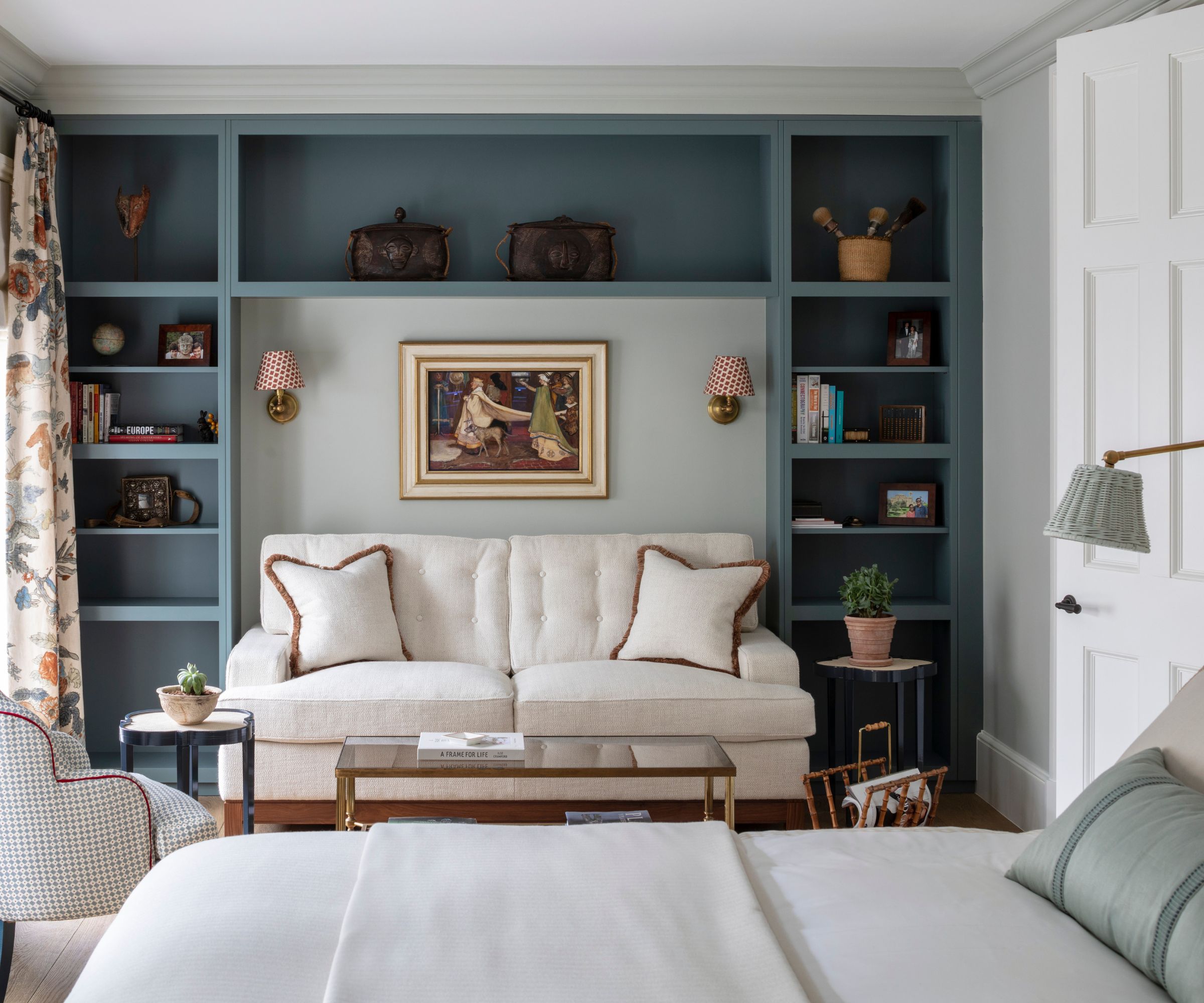
With their delicate interplay between function and form, all small rooms benefit from a well-executed decorative lighting scheme.
Consider how the light changes throughout the day when thinking about where to position lights to create the most impact. Think about flexible light sources for different situations: a floor light with a swivel arm is ideal as an evening reading lamp behind a sofa or chair, says Hollie Moreland, creative director of David Hunt Lighting. Remember that shade colors can affect the mood of a room, so for added ambiance, choose darker tones that will feel moodier and cozier. It is worth not fighting against a room's limited proportions.
Using lighting controls so that each effect can be individually controlled is the key to setting the mood. ‘At a minimum, add dimmer switches so you can manipulate the light levels,’ says Sally Storey, creative director of John Cullen Lighting.
She also recommends lighting nooks to visually expand a diminutive space. ‘If you have a small alcove, adding two slim wall lights on either side makes a small room feel lighter and brighter in an instant.’ This will also create an intimate place to sit and relax and read.
4. Not getting the scale right
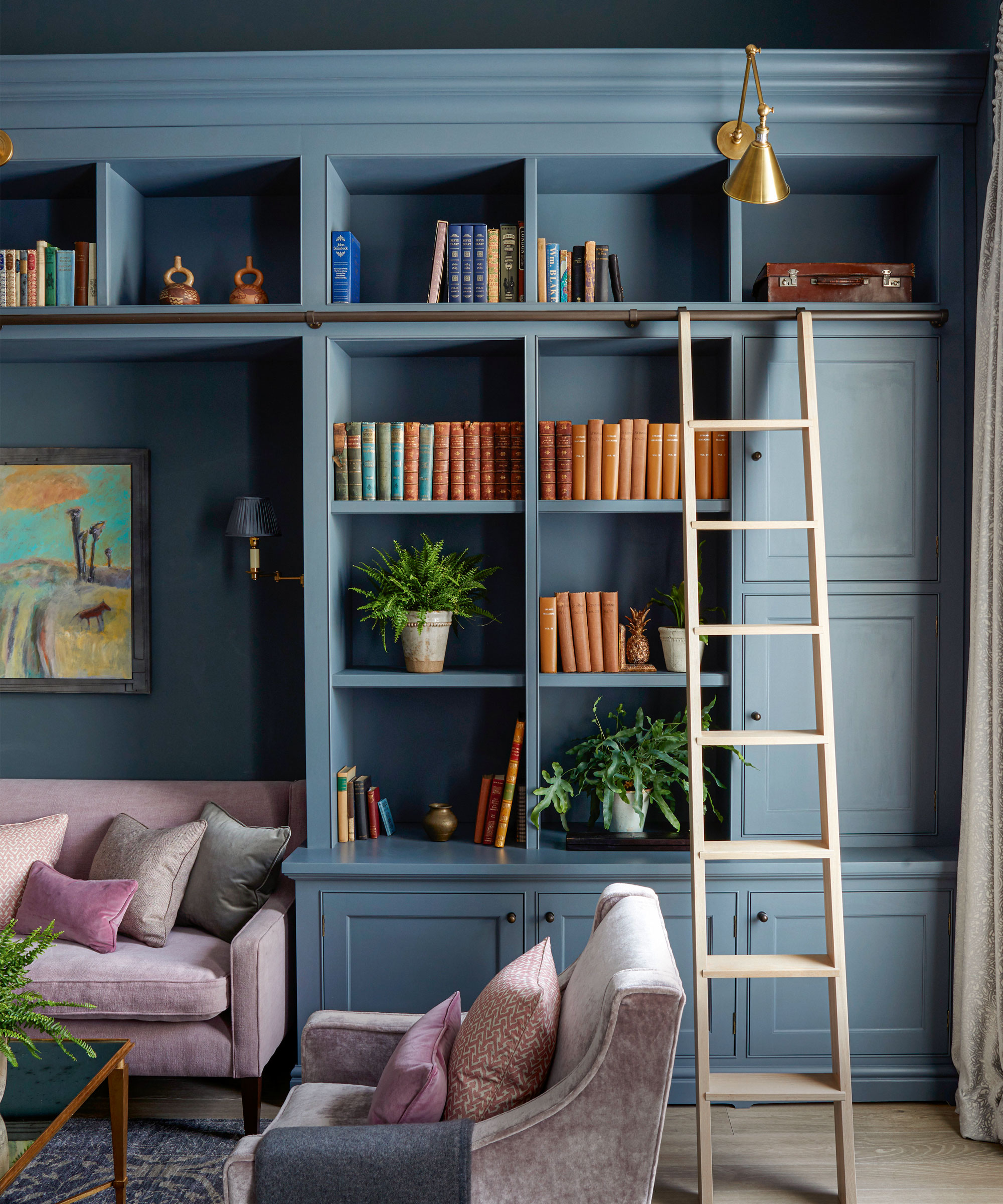
Bespoke storage ideas, planned at the start of a project, will result in a home that's ordered and calm, but also one that's beautiful and bright.
Scale in interior design is something many people get wrong, says Mark Hollis of Hollis Rouse London, a construction and refurbishment firm. ‘It’s more often the case that the joinery ends up over-scaled rather than too small. Trying to cram too much storage in can leave you with a towering piece of furniture making the room feel claustrophobic.’
Next, focus on details – with lit joinery, think about having the correct light intensities and color temperatures; spend more on the ‘jewels’ of joinery such as handles and consider painted finishes carefully. ‘A factory finish requires careful transportation so as not to damage it,’ says Mark. ‘Conversely, hand-painting on site can be time-consuming and needs to be well executed.’
5. Not considering a mirrors full potential
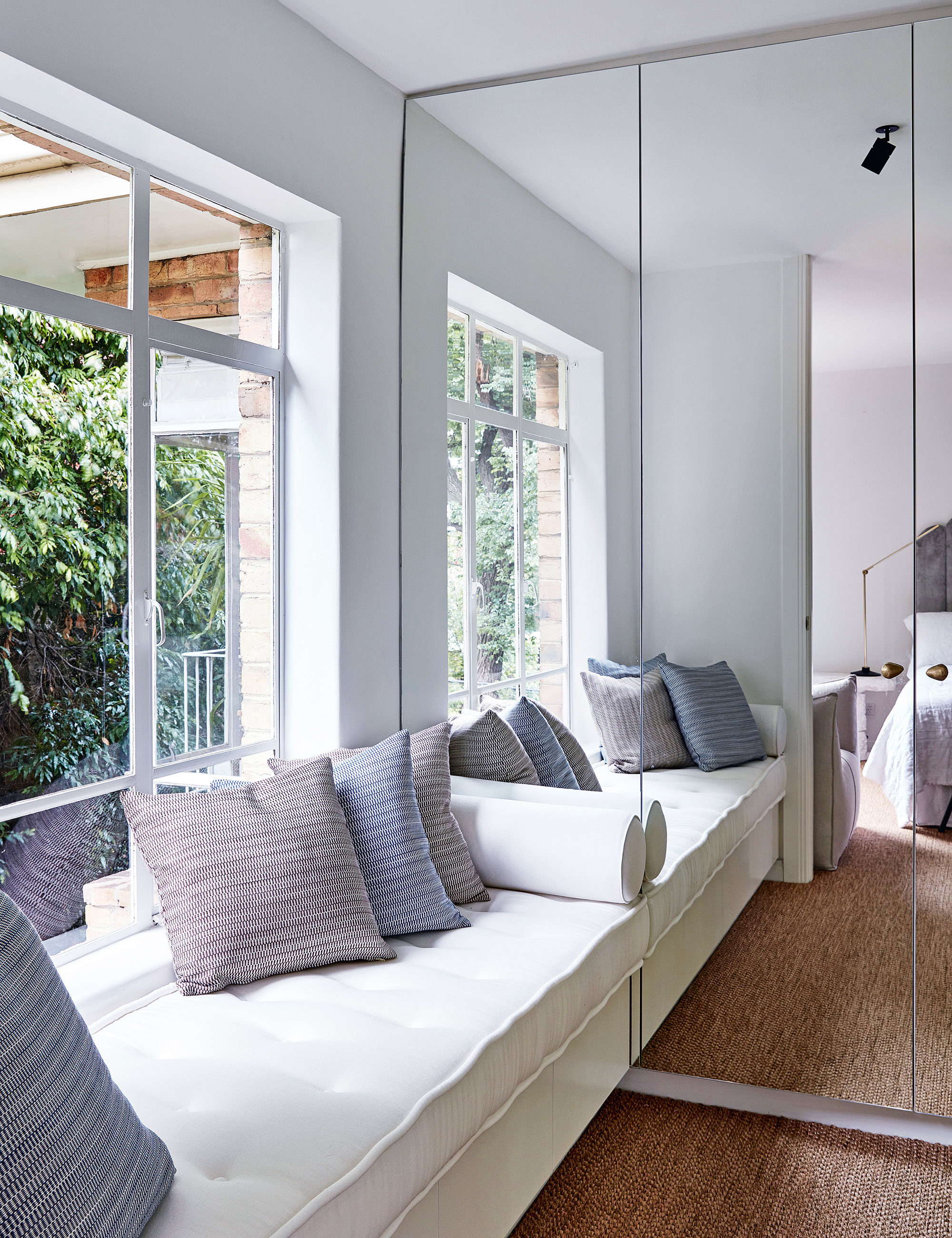
It is not all about big or expensive pieces of furniture. In fact, careful accessorizing can help to make a small room look brighter and lighter. One of the easiest decorating ideas, adding a mirror to any room in your home can have a significant impact on the appearance of the space.
'Mirrors are an excellent way of creating a point of interest in a nook – but go large,' says designer Kit Kemp. 'We always overscale our mirrors; if they can also reflect a color from another wall or a painting, then that is a bonus.'
Claire Sa, director of De Rosee Sa loves decorating with mirrors in her client's homes: ‘A beautifully detailed wall of lightly-antiqued mirrors can be a great way to expand a tight or narrow room. Placing a console and lamps in front of a large mirror softens the coldness of the mirror material.’
When space is tight, follow the example of decorator Tamsin Johnson (above) and install mirror-fronted wardrobes. To add a much-needed soft touch, Tamsin designed a bespoke window bench seat.
Spaces for Living, Tamsin Johnson| $48.30 at Amazon
The first book from Australian interior designer Tamsin Johnson, known for her fresh interiors that evoke luxurious ease and coastal sophistication.
FAQs
What makes a small room look bigger?
Making a small room look bigger is a design issue everyone wants to solve, but with a few tricks of the trade, smaller rooms can be beautiful, light, and bright.
In a small space, zoning, color, and decorative choices is the key to success. Make a small room work better by planning a hard-working layout, investing in multi-functional furniture, and picking the right color scheme.
Color is by far the most effective option. Quite often, a simple and cost-effective solution is enough to visually enlarge your space using specific colors that make a small room look bigger. This can also help to make any small living room look nice.
'We would usually lean towards quieter palette combinations, but darker shades can work really well within smaller spaces,' says James Thurstan Waterworth, founder, of Thurstan. 'They create a perception of depth and lend a cocoon-like feel – welcome in every small room.'

Jennifer is the Digital Editor at Homes & Gardens, bringing years of interiors experience across the US and UK. She has worked with leading publications, blending expertise in PR, marketing, social media, commercial strategy, and e-commerce. Jennifer has covered every corner of the home – curating projects from top interior designers, sourcing celebrity properties, reviewing appliances, and delivering timely news. Now, she channels her digital skills into shaping the world’s leading interiors website.
